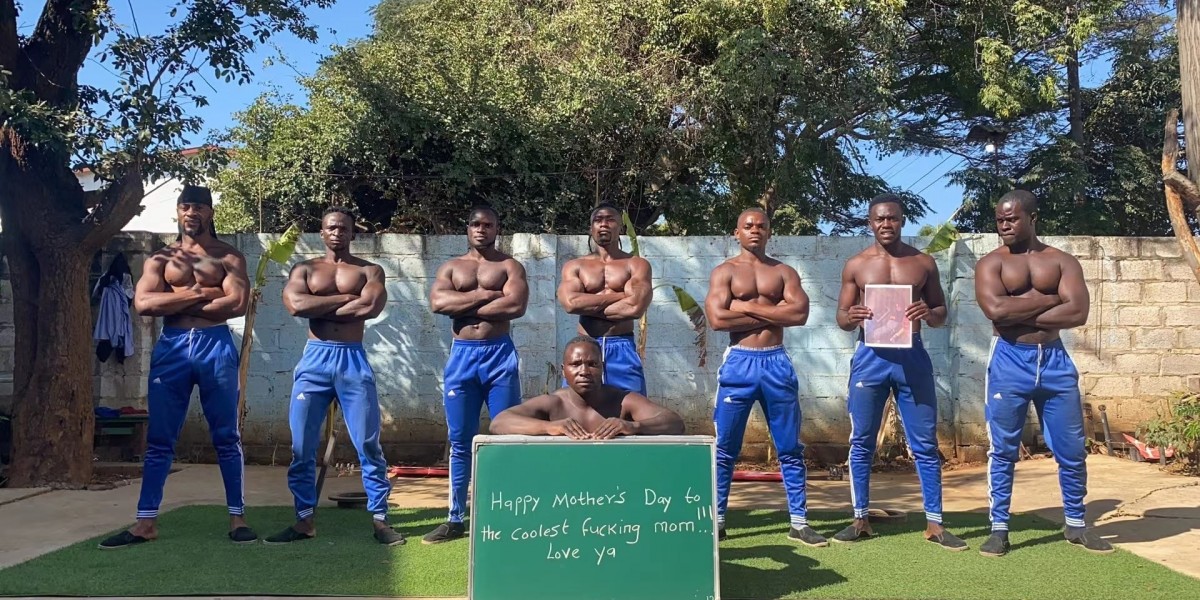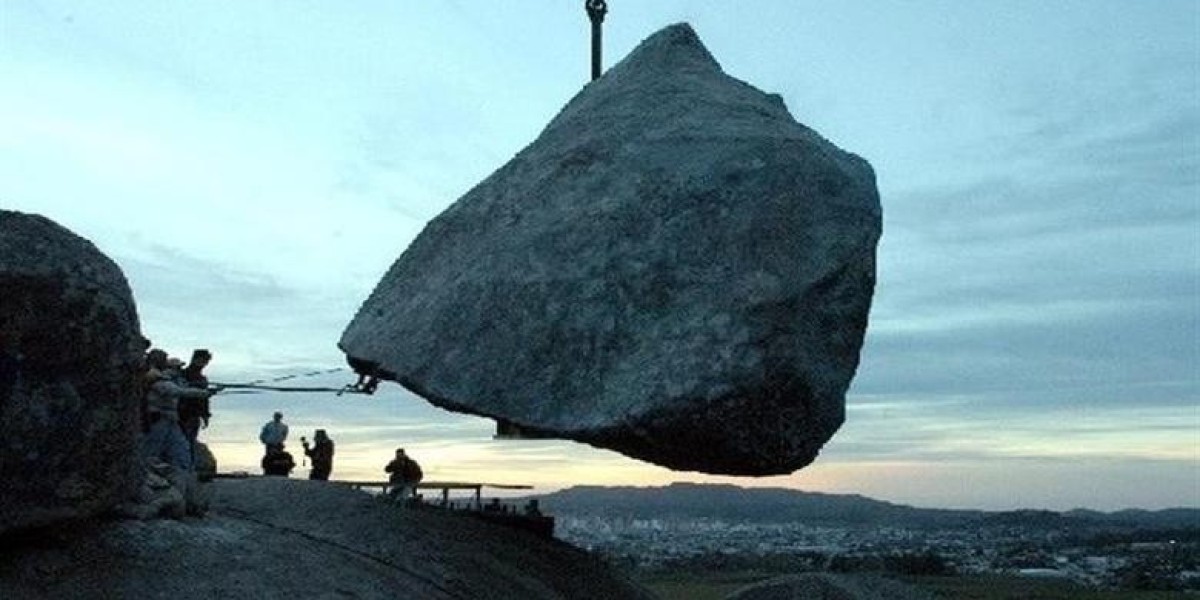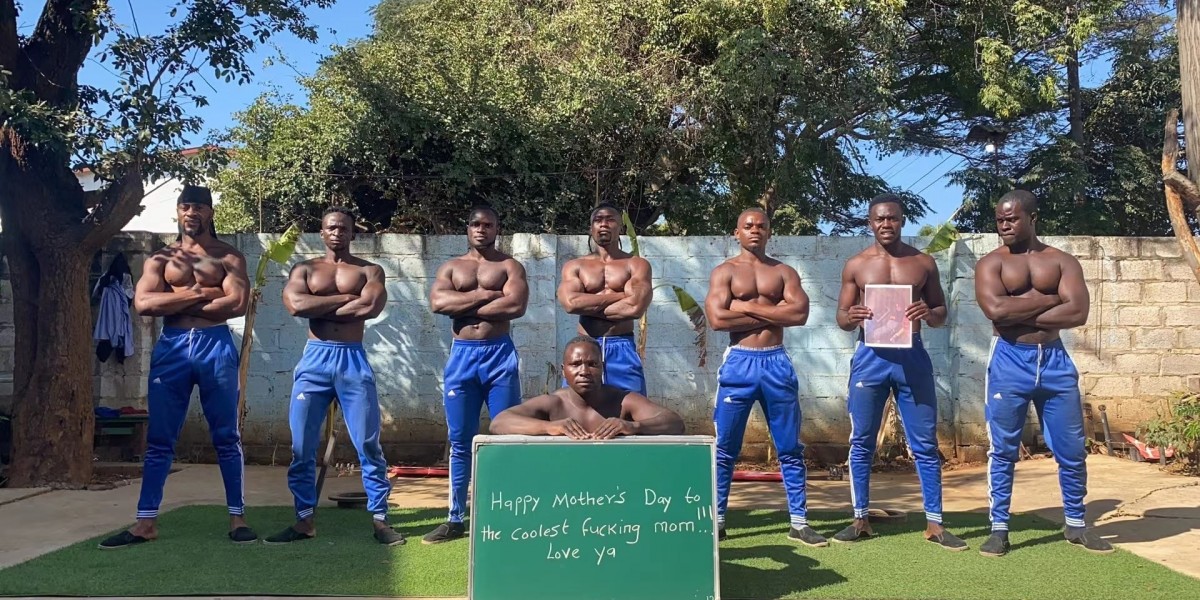article image source: freepik.com (link)
As November arrives and the days grow shorter, Americans once again face the familiar ritual of turning their clocks back. In 2025, daylight saving time officially ended on Sunday, November 2 at 2 a.m., marking the return to standard time. For most of the USA country, that meant gaining an extra hour of sleep — and saying goodbye to longer evenings filled with sunlight.
advertisement
When the Clock Change Happens
At precisely 2 a.m. on November 2, clocks rolled back to 1 a.m., effectively repeating the hour. Many digital devices updated automatically, but wall clocks, microwaves, and watches still needed a manual reset. This transition means mornings will be brighter while evenings grow darker earlier — a pattern that continues through winter until daylight saving time resumes on March 8, 2026.
For places like San Diego, the sun now sets before 5 p.m., and daylight hours will continue shrinking until the Winter Solstice on December 21 — the shortest day of the year, when residents will see only about ten hours of daylight.
The Origins of Daylight Saving Time
The idea of adjusting clocks to make better use of daylight dates back more than a century. Germany was the first country to adopt daylight saving time in 1916 during World War I, aiming to conserve energy. The United States followed soon after, though it wasn’t until the Uniform Time Act of 1966 that the system became standardized nationwide.
Earlier, during both World Wars, the U.S. had experimented with daylight saving as a wartime measure. In the 1970s, the country even tested year-round daylight saving time during the energy crisis. However, the move proved unpopular, with safety concerns arising from dark winter mornings — including fatal traffic accidents involving children. By late 1974, permanent daylight saving time was repealed.
Which States Don’t Participate
While most of the country adjusts its clocks twice a year, Hawaii and most of Arizona (except for the Navajo Nation) have opted out, choosing to stay on standard time year-round. Several U.S. territories — including Puerto Rico, Guam, American Samoa, the Northern Mariana Islands, and the U.S. Virgin Islands — also do not observe daylight saving time.
Under current federal law, states may choose to remain permanently on standard time, but they cannot switch permanently to daylight saving time without congressional approval. This rule has become a sticking point for many states hoping to end the biannual time change altogether.
California’s Ongoing Debate
In California, voters approved Proposition 7 in 2018, giving the state legislature the authority to decide whether to keep or eliminate daylight saving time. However, the proposition did not automatically end the time change. Any change requires a two-thirds vote from both legislative chambers — and federal authorization.
In late 2024, State Senator Roger Niello introduced Senate Bill 51, aiming to keep California on standard time all year. Yet the bill stalled in committee before the 2025 legislative session ended, leaving the state’s clock-changing tradition intact for now.
Why the Debate Persists
Daylight saving time was once justified as a way to conserve energy and encourage outdoor activities. Supporters claim it still benefits businesses and reduces electricity use. Critics, however, argue that its modern relevance has faded. Studies have found that changing the clock disrupts sleep patterns and may increase health risks such as heart attacks, strokes, and obesity.
A 2022 CBS News/YouGov poll showed that nearly 80% of Americans wanted to end the current system. Many prefer staying on daylight saving time year-round, enjoying longer evenings, while others advocate for permanent standard time, aligning better with human circadian rhythms.
Even former President Donald Trump has weighed in, calling the time change “inconvenient and costly,” while previously supporting permanent daylight saving. Yet despite bipartisan interest, congressional efforts like the Sunshine Protection Act have stalled, keeping the current system in place.
The Science of Sunlight and Seasons
No matter what the law says, the true cause of changing daylight hours lies in Earth’s 23.5-degree axial tilt. As our planet orbits the sun, different regions receive varying amounts of sunlight throughout the year. That’s why even without clock changes, winter days remain shorter and darker — especially the farther one lives from the equator.
Conclusion: A Timeless Debate
The debate over daylight saving time reflects a broader question about how society adapts to nature’s rhythms. What began as a wartime energy-saving measure has evolved into a twice-yearly ritual that continues to spark conversation across politics, science, and culture.
Whether we eventually move toward permanent standard or daylight time, one truth remains: time itself doesn’t change — only how we measure it does. As we turn our clocks back each fall, we’re reminded of how human invention meets the steady, unchanging cycles of the sun — a reminder to slow down, rest, and perhaps appreciate the time we’re given just a little more.
Sources:
CBS News: Daylight saving ends. Here's what to know about the 2025 fall time change
NBC San Diego: Daylight saving time is ending. Why are we still changing our clocks in California?
Thank you !







